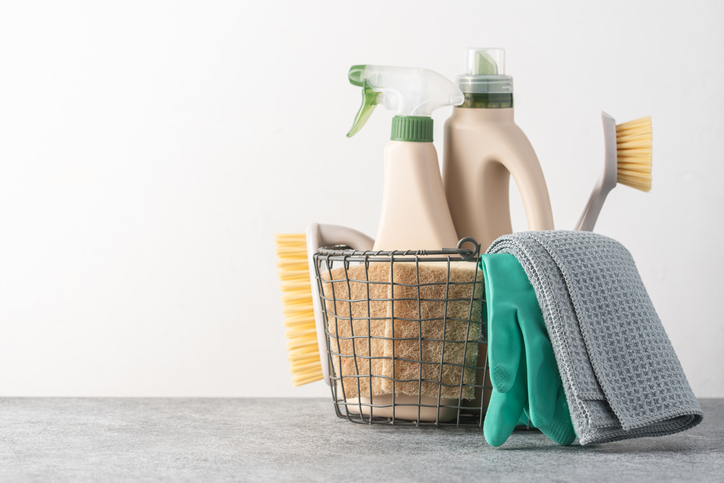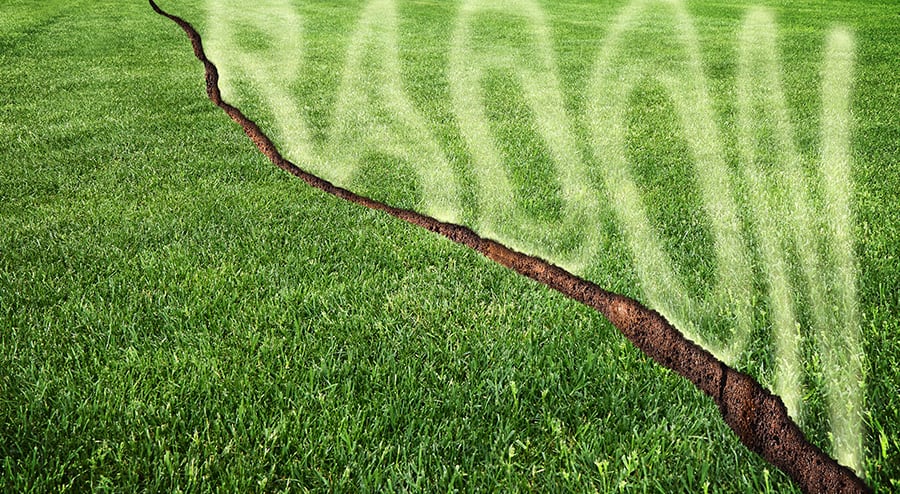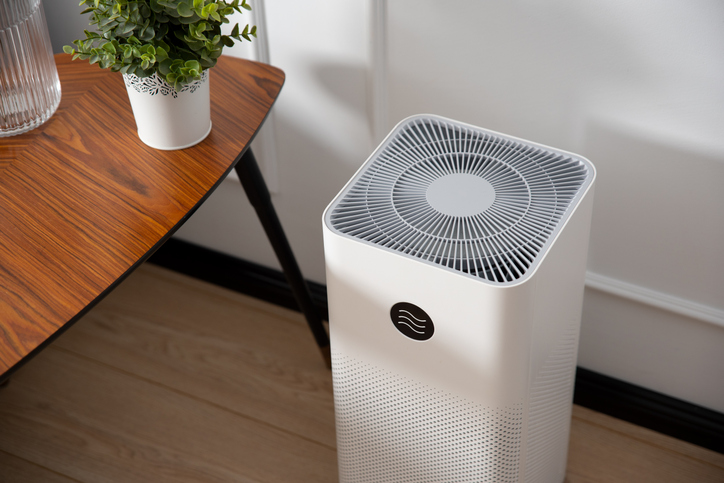Understanding the importance of properly disposing of hazardous waste at home is key to preserving both our health and the environment. Every year, we consume numerous products, ranging from household cleaners like Mr. Clean or Clorox, to personal electronics such as Apple iPhones or Samsung Galaxy phones, all of which can become hazardous waste when they reach their end of life. Simply throwing these items in our regular trash can lead to harmful chemicals leaking into the soil, contaminating groundwater sources, and negatively affecting local ecosystems. Furthermore, many of these materials can be recycled and repurposed, reducing our demand for raw materials and mitigating the environmental toll of their production.

- Defining Hazardous Waste
- Identifying and Safely Disposing of Toxic Materials in Your Home
- Understanding the Need for Specialized Hazardous Waste Disposal
- Recycling and Repurposing Options for Hazardous Waste
- The Role of Local Laws in Hazardous Waste Disposal
- The Environmental Impact of Hazardous Waste
- Conclusion
Ignoring proper disposal procedures for hazardous waste carries both immediate and long-term risks. In the short term, mishandling toxic materials can result in physical harm, including burns, poisoning, or respiratory issues. Old batteries, for instance, contain heavy metals like lead, mercury, and cadmium, which pose serious health risks if not handled correctly. Leftover paint or solvents, such as those from brands like Glidden or KILZ, contain volatile organic compounds (VOCs) which can contribute to air pollution and trigger respiratory issues. In the long term, improperly disposed hazardous waste can contribute to larger environmental crises, including soil degradation, water pollution, and even climate change.
Indeed, it is not an overstatement to say that our efforts in managing home hazardous waste today can significantly shape the health of our communities and the planet tomorrow. It may require a bit of effort and possibly a small cost – for instance, a fee of $5 to $10 per item at a local disposal event – but the investment in correct hazardous waste disposal is worth every penny.
Defining Hazardous Waste
Hazardous waste is a term ascribed to materials that present a risk to the environment or human health due to their properties. These properties may include ignitability, corrosiveness, reactivity, or toxicity, as classified by agencies such as the U.S. Environmental Protection Agency (EPA).
Hazardous vs. Non-Hazardous Waste
Drawing a distinction between hazardous and non-hazardous waste is essential. Non-hazardous waste refers to items that can be safely discarded in the regular trash without posing significant harm to our health or the environment. Contrarily, hazardous waste carries potential threats that require specialized handling and disposal methods.
Identifying Household Hazardous Waste
A surprising number of everyday household items qualify as hazardous waste. This includes certain cleaning products like Comet bleach or Mr. Clean Magic Eraser due to their toxic properties. Automotive supplies are another category to watch out for, with products like Peak antifreeze or Mobil motor oil categorized as hazardous. Aerosol cans, fluorescent light bulbs, and various types of batteries, from Energizer’s alkaline to Panasonic’s lithium-ion versions, are also on the list. In your beauty drawer, items like Sally Hansen’s nail polish or Clairol’s hair colorants might be deemed hazardous owing to their chemical content.
Common Misconceptions about Hazardous Waste
While it’s crucial to be aware of hazardous waste in our homes, it’s equally important to know which items are actually non-hazardous. Regular incandescent light bulbs, for instance, are safe for regular trash, unlike their fluorescent counterparts. Everyday plastic containers and most kitchen waste, barring certain cleaning supplies, are also typically non-hazardous.
Electronic Waste: A Growing Concern
Electronic waste, commonly known as e-waste, unquestionably falls into the hazardous waste category. Electronic devices such as HP laptops or Samsung Galaxy smartphones often contain harmful substances like lead, mercury, or cadmium. When disposed of improperly, these substances can leach into the environment, creating significant health and ecological risks. As such, it is paramount that e-waste be managed appropriately, either through safe disposal or recycling at a designated facility. The cost for this service can vary, ranging from $10 to $25 per item, contingent on the size of the item and the specific policies of the disposal center.
Identifying and Safely Disposing of Toxic Materials in Your Home
Homeowners must recognize that many common items can become hazardous waste when they’ve outlived their usefulness. For example, if you have leftover paint or solvents from brands like Valspar or Minwax, it’s crucial not to discard them in regular trash or pour them down the drain, as they can pollute groundwater. Most communities have a Household Hazardous Waste (HHW) facility where you can drop off these materials, although some may charge a minimal fee.
Expired or unused medications are another source of potential hazard, capable of contaminating water supplies if improperly discarded. Most major pharmacies, such as Rite Aid or Walgreens, provide medication take-back programs, enabling you to return these unused medications safely. Additionally, the Drug Enforcement Administration (DEA) runs a free National Prescription Drug Take-Back event twice a year.
Different types of batteries, including those from brands like Rayovac and Energizer, also necessitate special disposal methods. While single-use alkaline batteries are generally safe for regular trash, rechargeable, automotive, and button cell batteries contain toxic chemicals and should be recycled at an appropriate facility.
Compact Fluorescent Lamps (CFLs), popularly produced by manufacturers like Sylvania and GE, contain a small amount of mercury and thus cannot be thrown in regular trash. Retailers such as Ikea and Home Depot usually offer recycling drop-off points for these bulbs.
Old gasoline or motor oil, common for lawnmower brands like Toro or Craftsman, should also be handled with care. Many auto parts stores or recycling centers accept these substances for recycling, sometimes at no cost.
Garden pesticides and fertilizers, from companies like Miracle-Gro or Roundup, pose threats to local water sources if not properly disposed of. These should be taken to a HHW facility or a special collection event in your locality.
Minimizing Generation of Hazardous Waste at Home
To limit the creation of hazardous waste, consider several proactive strategies. First, opt for less hazardous alternatives when shopping. For example, choose environmentally friendly cleaning products from brands like Seventh Generation or Mrs. Meyer’s. Also, buy in quantities that you’ll use up, reducing the need for disposal. If you have leftovers, think about sharing them with neighbors or donating to local charities. Regular maintenance of items, particularly electronic ones, can prolong their use and delay the need to replace them, further minimizing the production of hazardous waste.
Understanding the Need for Specialized Hazardous Waste Disposal
The disposal of hazardous waste calls for more than just tossing it into the garbage bin. Regular waste usually ends up in a landfill, and if hazardous materials are included, they can leach harmful chemicals into the soil, contaminating the surrounding ecosystem and groundwater. Likewise, if hazardous waste ends up in incinerators, it can release toxic emissions into the air, affecting air quality and posing health risks.
Steps for Safe Hazardous Waste Disposal
Safely disposing of hazardous waste involves several key steps. Homeowners must ensure that waste is well-contained to avoid leaks during transport. For instance, containers of paint from brands like Glidden or Kilz should be tightly sealed. Batteries from Panasonic or Duracell should be placed in separate, sealable plastic bags. It’s essential to keep hazardous materials in their original packaging, if possible, to aid waste handlers in identifying and handling them appropriately. When it comes to transporting hazardous waste to a disposal facility, it should be kept separate from passengers, ideally in a well-ventilated part of the vehicle.
Services Offered by Municipal Hazardous Waste Disposal Programs
Municipal hazardous waste disposal programs typically offer several services to facilitate safe disposal. Regularly scheduled drop-off days at a permanent disposal facility are common, where residents can get rid of a variety of hazardous waste materials, from cleaning products like Lysol wipes to automotive fluids like Valvoline motor oil. Many municipalities also hold special collection events and offer pick-up services for those unable to transport the waste themselves, such as the elderly or disabled.
Locating Local Hazardous Waste Disposal Facilities and Events
Finding a local hazardous waste disposal facility is usually straightforward. Most municipalities list this information on their official websites, providing details about the facility’s location, operating hours, and any associated disposal fees. The website typically provides information about upcoming disposal events as well, which are especially handy for disposing of bulk waste or items not accepted at the permanent facility.
Recycling and Repurposing Options for Hazardous Waste
Disposal is not the only solution for managing hazardous waste. Indeed, recycling and repurposing can serve as effective alternatives for several types of such waste. For instance, batteries from brands like Duracell or Energizer can be handed over to facilities provided by retailers like Home Depot or Lowe’s for recycling. Used motor oil, too, can be cleaned and reused rather than discarded; companies like Pennzoil or Shell often partner with service stations like Jiffy Lube to offer oil recycling.
Leftover paint is another item that can be effectively recycled. Whether it’s Benjamin Moore or Valspar, excess paint can be mixed with other paints for reuse, or it can be solidified and repurposed as a fuel source. Many local waste facilities provide recycling services for these items, although there might be a minimal charge for the service.
Electronic Waste Recycling
Special attention must be given to electronic waste recycling, considering the increasing amount of e-waste generated and the significant environmental and health risks associated with improper disposal. Electronic items like Apple iPhones, Dell laptops, or Samsung televisions contain precious, and often hazardous, materials that should not be discarded with regular trash. Many electronic retailers, including Best Buy and Staples, offer recycling programs for such items. Moreover, many local municipalities host regular e-waste recycling events to facilitate safe disposal. It’s worth noting that in certain jurisdictions, disposing of e-waste in regular trash is illegal, and noncompliance may attract penalties. Therefore, responsibly recycling e-waste is an essential step towards safeguarding our environment and public health.
The Role of Local Laws in Hazardous Waste Disposal
Local regulations play a crucial part in managing hazardous waste. These laws primarily outline the specifics around collection sites, times, and the nature of hazardous waste acceptable for disposal. For example, municipalities like Seattle have detailed guidelines on handling waste such as batteries, fluorescent bulbs, and paint. Fines and community service are common penalties for violations.
State Laws Governing Hazardous Waste Disposal
State-level laws often enforce federal guidelines while providing additional stipulations. In New York, for instance, the Department of Environmental Conservation administers the hazardous waste program and imposes additional regulations on certain types of waste, including electronic waste. Penalties for non-compliance can be severe, with large fines and potential criminal charges for serious offenses.
Federal Laws on Hazardous Waste Disposal
At the federal level, the U.S. Environmental Protection Agency (EPA) is the key governing body. Under the Resource Conservation and Recovery Act (RCRA), the EPA defines what constitutes hazardous waste and stipulates comprehensive guidelines for its management. This includes everything from its generation and transportation to treatment, storage, and ultimate disposal. Violation of these federal guidelines can result in hefty fines or, in extreme cases, imprisonment. Consequently, understanding and adhering to these varying levels of laws is not only critical for environmental protection but also essential to avoid legal repercussions.
The Environmental Impact of Hazardous Waste
Improper disposal of hazardous waste can lead to significant environmental impacts. First and foremost, it can result in soil contamination. For instance, disposing of motor oil or garden pesticides improperly can lead to these substances leaching into the soil. Over time, this can affect soil health, disrupting ecosystems and making the land unsuitable for planting.
Water pollution is another severe consequence. If hazardous waste such as chemicals from discarded batteries or old medications finds its way into rivers, lakes, or groundwater, it can poison aquatic life and contaminate drinking water sources. This not only poses a threat to wildlife but can also have serious implications for human health.
Air pollution is a third potential impact. Certain types of hazardous waste, when disposed of improperly, can release harmful gasses into the atmosphere. For example, e-waste often contains heavy metals like mercury and lead, which can vaporize into toxic airborne particles when improperly burned. This contributes to air pollution, harms air quality, and can lead to respiratory and other health problems in humans and animals.
Lastly, there’s the issue of resource depletion. Many hazardous materials, especially e-waste, contain valuable resources like gold, silver, and rare earth metals. Without proper recycling, these resources are lost, contributing to the unsustainable extraction of raw materials from the earth.
Conclusion
Emphasizing the importance of proper hazardous waste disposal is not just about protecting the environment; it also pertains to safeguarding public health and complying with laws and regulations. From the potential contamination of soil, water, and air, to the depletion of natural resources, the repercussions of improper waste management are both significant and far-reaching. However, understanding these consequences presents an opportunity. Every household can make a difference by implementing safe disposal practices for hazardous waste. Thus, it is incumbent upon each of us to put this knowledge into practice. By doing so, we not only make our homes safer but also contribute to the broader goal of environmental conservation and sustainable living.




